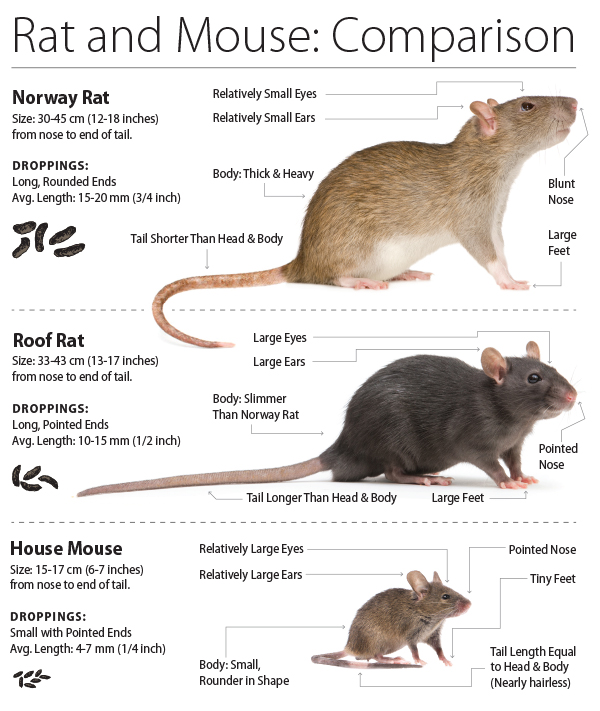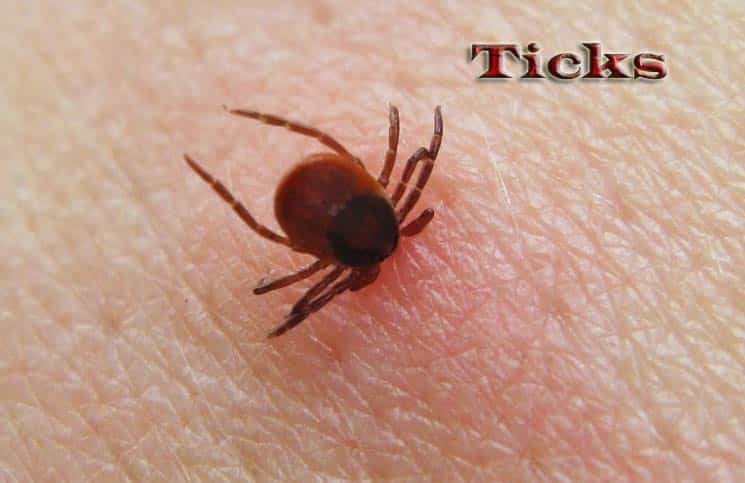Table Of Content
- Differences In Appearance Between Field Mice And House Mice
- The 20 Best Lawn Care Products for a Lush and Healthy Lawn
- Behavior & Habitat
- Field Mice Control: DIY Methods and Professional Pest Management
- Importance of distinguishing between field mice and house mice
- What should we do about mice in crawl space and attic?

They won't hesitate to invade your home to get an easy access to food and shelter. House mice prefer cereals and seeds, but they also eat vegetables, fruits, mushrooms, roots, meat, etc. Field mice reproduce quickly; they can have from 2 to 4 litters per year, with 4 to 6 babies each time.
Differences In Appearance Between Field Mice And House Mice
House mice and field mice can both interact with humans in various ways. House mice are more likely to be found in homes, where they can cause damage to property and spread diseases. They can also contaminate food and cause allergic reactions in some people.

The 20 Best Lawn Care Products for a Lush and Healthy Lawn
House mice also pose their own threat to the humans they share a space with. While they’re unlikely to transmit hantavirus pulmonary syndrome, they can bring bugs such as fleas and lice into homes. House mice can also carry salmonella and other bacteria that can not only be detrimental to humans’ health but can also be damaging to a home’s insulation or drywall. If you catch a good glimpse of these tiny creatures, you’ll be able to identify which mouse is in the house. A house mouse has fur all over its body and is usually brown or gray, without any other color patches.

Behavior & Habitat
A mouse mice is an excellent jumper (able to jump a foot straight up in the air), while a field mouse is an excellent climber. Typically, they are found in rural areas, in backyards, lawns, sheds, barns, and around the premises of homes. However, they are also known to occasionally creep into our homes, usually when their outdoor space is not ideal, so keep in mind that they are not solely bound to the outdoors.
Field Mice Control: DIY Methods and Professional Pest Management
White-footed mice have excellent homing skills and can find their way home from up to two miles. Of the many mouse species that inhabit North America, only a few actually find their way into homes. Nonetheless, a few animal categories may likewise be tracked down abiding in the fields, woodlands, and old, rustic homes. Read further about the sure signs of mice infestation in the house here.
By sealing cracks and openings, removing food sources, and using traps or baits, homeowners can keep house mice at bay and protect their homes from these unwanted guests. Knowing the difference between house mice and field mice is important for several reasons. Firstly, it can help you identify the type of mouse infestation you have in your home or property. This knowledge can help you take appropriate measures to control the infestation and prevent future occurrences. Secondly, understanding the differences between these two types of mice can help you better understand their behavior and habitat preferences.
Importance of distinguishing between field mice and house mice
Whenever field mice come inside, they are much of the time found by noticing the little runways they develop in the loft, cellar, and creep space(s). In spite of this, these mice are many times consumed by their hunters. Field mice normally nest in burrows in open fields, bushes, tree stumps, etc. However, their habits could quickly change if their nest is disturbed.
By knowing these differences, individuals can implement effective measures to manage and eliminate mouse infestations in their homes and fields. Both house mice and field mice can cause damage to homes and properties. They are known to gnaw on electrical wires, which can lead to electrical fires.
Does vinegar repel mice?
Consulting with a professional pest control expert can provide valuable guidance in identifying and addressing the infestation. Taking prompt action is crucial, as mice can reproduce rapidly and cause significant damage to property and pose health risks to humans. House mice and field mice are two common species of mice found in different habitats.
Since they spend much of their time in rural areas and places like fields and meadows, field mice mainly eat grass and seeds. Overall, the main difference is their generally contrasting natures – field mice are much more timid and cautious compared to house mice. It’s sometimes called a wood mouse, but that’s actually a different species native to Europe and Asia. The size and nimbleness of a house mouse makes it adept at getting into small spaces. These rodents are capable of jumping a foot high as well as climbing and swimming. This allows them to get over small obstacles easily, then climb textured surfaces to get to their nest.
Telling the difference between a field mouse and a house mouse can be tricky, but they can have very different behaviors and characteristics. Well actually, statistics-wise they should be more dangerous than field mice because they invade our personal space more often. They also transmit bacteria and diseases and their nests could be quite gruesome and filled with germs. The excrement they leave behind should not be touched with naked hands and even the dust from their nests could be dangerous. Once you have identified the mouse to be a deer mouse, the next step you should take is assess your situation.
House mice are vectors for Lymphocytic choriomeningitis, leptospirosis, and rickettsialpox. Rickettsialpox is a mild illness, and no deaths have been reported, but the other two diseases can be more serious, and leptospirosis can be fatal. In addition, these pests are known for covertly infiltrating food storage areas and contaminating them. This is particularly disconcerting as they are prone to eating, urinating, and defecating, simultaneously. Emily Kil is co-owner of Eco Bear, a leading biohazard remediation company in Southern California. Give garden wildlife food and shelter with our ready-made habitats and feeders.
These parasites can also carry other illnesses like Lyme disease, which can cause other problems. Second, a field mouse infected with the hantavirus is dangerous because of an illness that an infected human can suffer. The virus causes what is known as hantavirus pulmonary syndrome in some cases. This is an illness that causes the capillaries (or smallest blood vessels) in an infected person’s lungs to rupture or hemorrhage.
Eastern and Western house mice took parallel evolutionary paths - UC Berkeley
Eastern and Western house mice took parallel evolutionary paths.
Posted: Thu, 29 Apr 2021 07:00:00 GMT [source]
The number of offspring is one of the key differences between field mice and house mice. Field mice typically have larger litters, with an average of 5 to 8 babies per litter. This is because field mice have a higher reproductive rate and shorter gestation period.

No comments:
Post a Comment